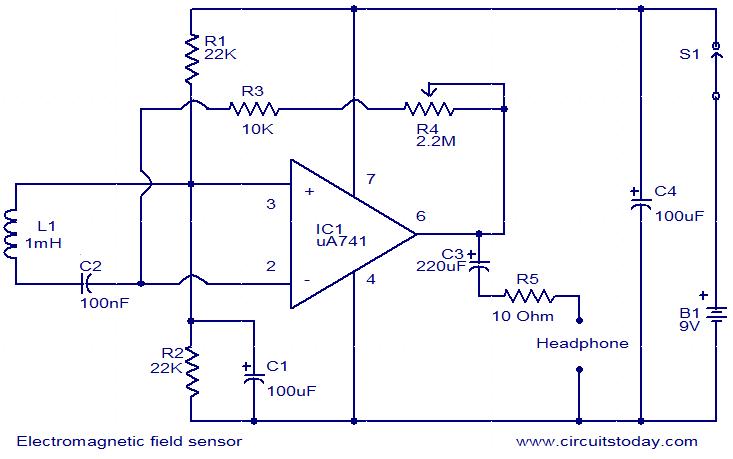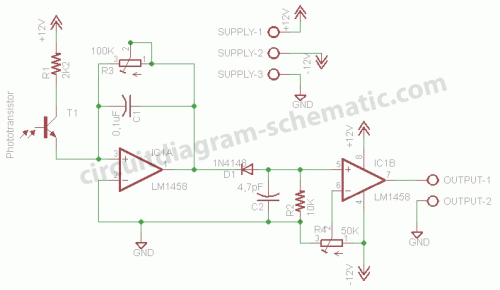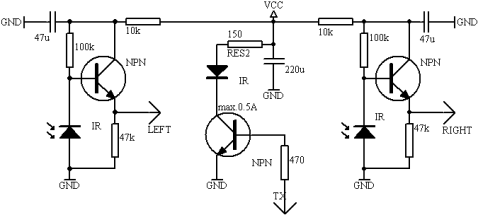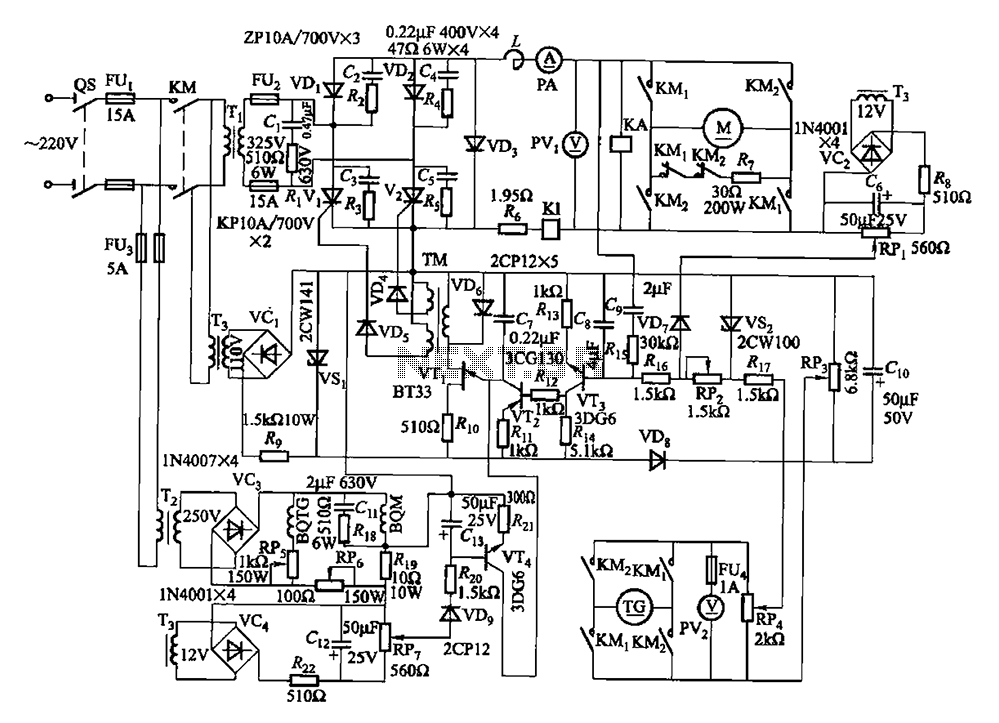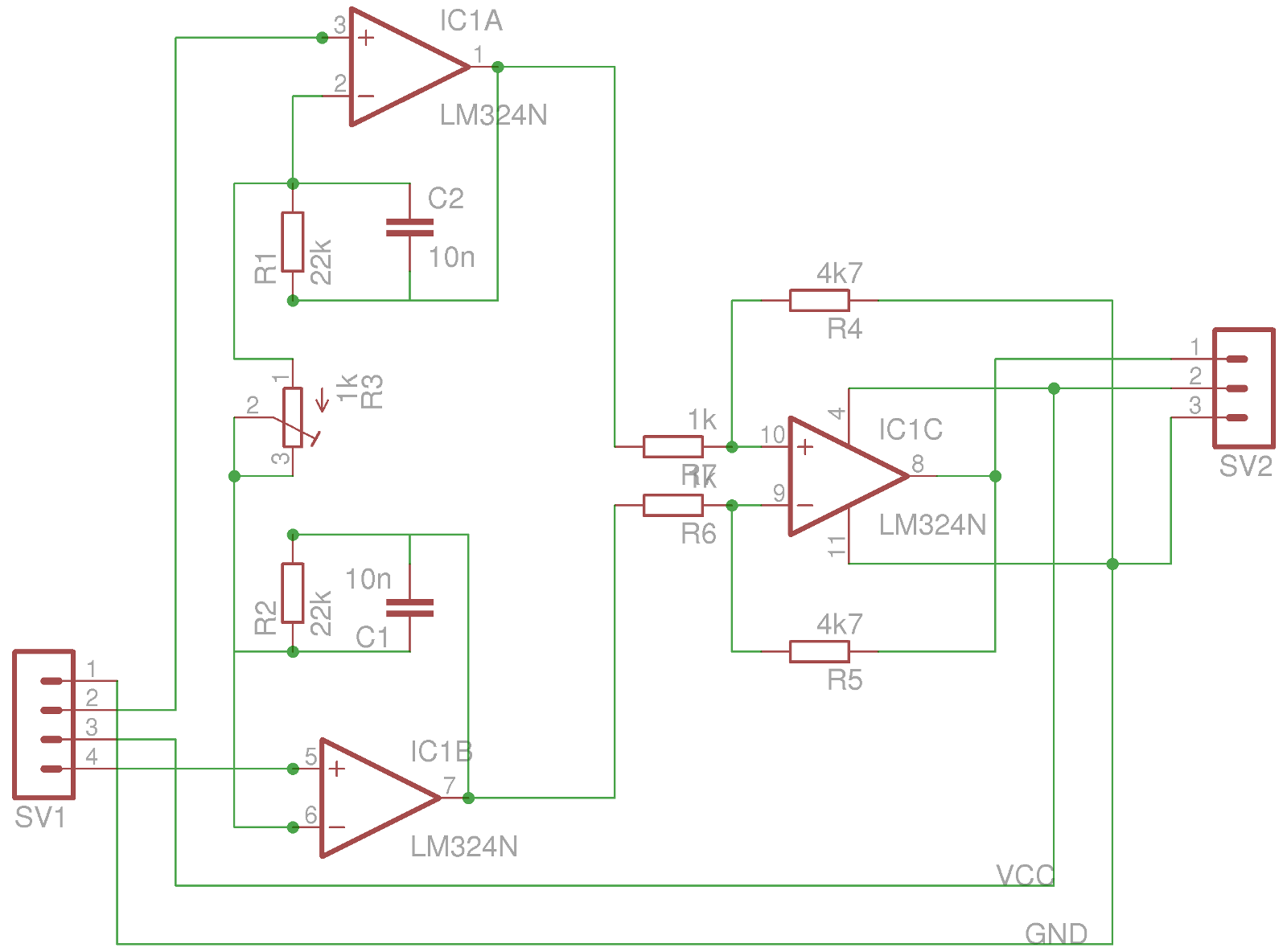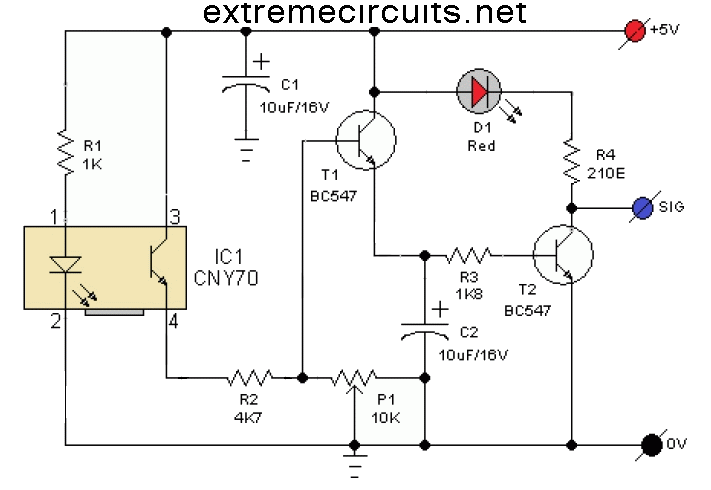
Capacitive Proximity Sensor Provides Accuracy And Speed
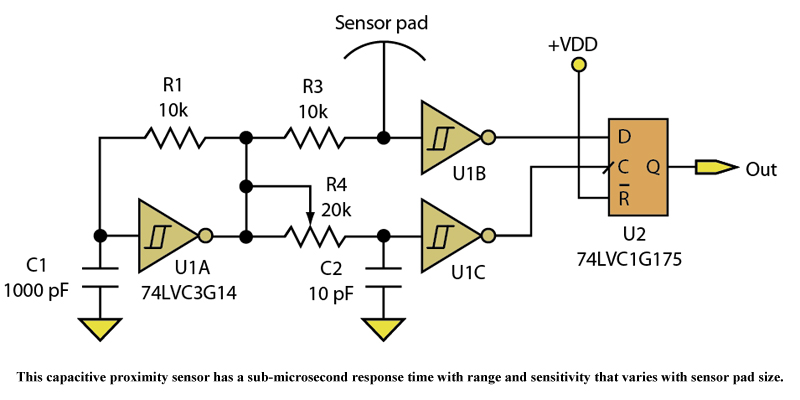
Three devices in a quad Schmitt Trigger and a Flip-Flop create a simple yet sensitive proximity sensor.
The described circuit utilizes three devices from a quad Schmitt Trigger configuration alongside a Flip-Flop to construct a proximity sensor. The Schmitt Trigger is essential for providing a stable output by converting noisy signals into clean, digital transitions. This characteristic is particularly beneficial in proximity sensing applications, where the input signal may be affected by environmental noise or fluctuations.
In this setup, the first two Schmitt Trigger gates function as signal conditioning elements. They process the incoming analog signal from a sensor (such as an infrared or ultrasonic sensor) and ensure that the output is a clear digital signal. This digital output can then be used to drive the Flip-Flop, which acts as a memory element, holding the state of the proximity detection.
The Flip-Flop can be configured as either a D-type or a T-type, depending on the desired functionality. For instance, a D-type Flip-Flop can latch the output when a specific threshold is crossed, indicating the presence of an object within a defined range. This state can then be used to trigger other actions in a system, such as activating an alarm or turning on a light.
Power supply considerations are critical in this design, as the circuit must operate reliably within the specified voltage range of the components used. Additionally, decoupling capacitors should be placed near the power pins of the Schmitt Trigger and Flip-Flop to minimize noise and ensure stable operation.
Overall, this configuration of a quad Schmitt Trigger and a Flip-Flop provides a robust solution for proximity sensing applications, leveraging the advantages of digital signal processing to achieve reliable detection in variable conditions.Three devices in a quad Schmitt Trigger and a Flip-Flop make a simple but sensitive proximity sensor 🔗 External reference
The described circuit utilizes three devices from a quad Schmitt Trigger configuration alongside a Flip-Flop to construct a proximity sensor. The Schmitt Trigger is essential for providing a stable output by converting noisy signals into clean, digital transitions. This characteristic is particularly beneficial in proximity sensing applications, where the input signal may be affected by environmental noise or fluctuations.
In this setup, the first two Schmitt Trigger gates function as signal conditioning elements. They process the incoming analog signal from a sensor (such as an infrared or ultrasonic sensor) and ensure that the output is a clear digital signal. This digital output can then be used to drive the Flip-Flop, which acts as a memory element, holding the state of the proximity detection.
The Flip-Flop can be configured as either a D-type or a T-type, depending on the desired functionality. For instance, a D-type Flip-Flop can latch the output when a specific threshold is crossed, indicating the presence of an object within a defined range. This state can then be used to trigger other actions in a system, such as activating an alarm or turning on a light.
Power supply considerations are critical in this design, as the circuit must operate reliably within the specified voltage range of the components used. Additionally, decoupling capacitors should be placed near the power pins of the Schmitt Trigger and Flip-Flop to minimize noise and ensure stable operation.
Overall, this configuration of a quad Schmitt Trigger and a Flip-Flop provides a robust solution for proximity sensing applications, leveraging the advantages of digital signal processing to achieve reliable detection in variable conditions.Three devices in a quad Schmitt Trigger and a Flip-Flop make a simple but sensitive proximity sensor 🔗 External reference
